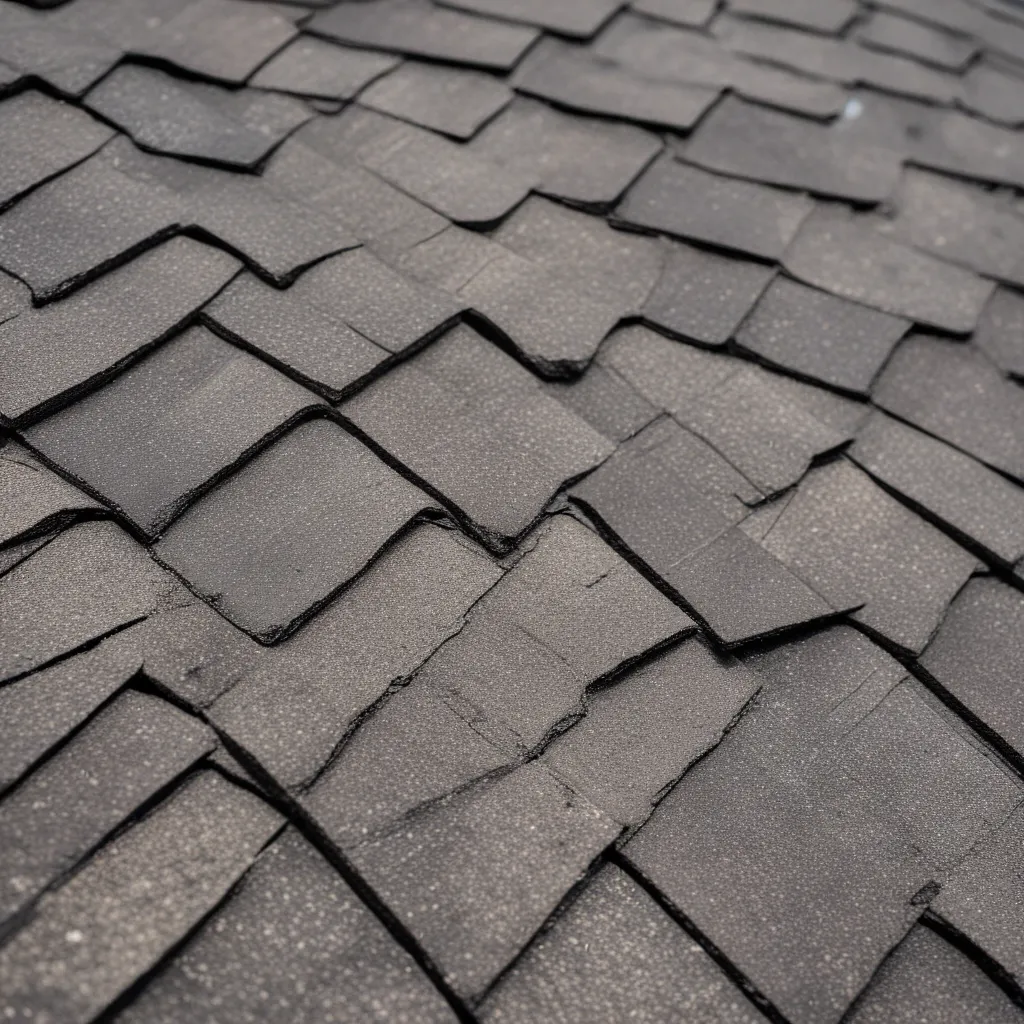
Ensuring the longevity, performance, and reliability of your roof is a critical aspect of home maintenance. At the heart of this is the often-overlooked yet indispensable component – the underlayment. As an experienced roofing specialist, I’m excited to guide you through selecting the right underlayment solution to weather-proof your roof and protect your most significant investment.
Roof Underlayment Considerations
The underlayment is the crucial first layer installed directly on the roof deck or sheathing, acting as a barrier between the outer roofing materials and the structural foundation of your home. Its primary role is to provide a waterproof and durable shield against the elements. However, the best underlayments offer far more comprehensive protection.
Material Characteristics
Waterproof Properties: A high-performing underlayment must be impervious to water penetration. This prevents leaks, moisture buildup, and subsequent issues like mold, mildew, and rot. Advanced synthetic underlayments often utilize modified bitumen or rubberized asphalt formulations to achieve superior waterproofing.
Durability and Longevity: Your underlayment should be engineered to withstand the rigors of your local climate, including UV exposure, temperature extremes, and high winds. Choosing a product with exceptional tear resistance and an extended warranty can ensure your roof system maintains its integrity for years to come.
Thermal Insulation: A well-insulated underlayment can enhance your roof’s energy efficiency by regulating heat transfer. This helps keep your home cooler in the summer and warmer in the winter, potentially leading to significant long-term savings on utility bills.
Roof Types and Requirements
The optimal underlayment solution will depend on the specific characteristics of your roof system. For pitched roofs with asphalt shingles or metal panels, a self-adhering synthetic underlayment is often the best choice, providing robust waterproofing and wind uplift resistance. In contrast, flat or low-slope roofs may require a heavier, more robust underlayment to prevent water ponding and pooling.
Specialty roof structures, such as tile or slate, have unique requirements. These roofs often necessitate an underlayment that can conform to the irregular surface while maintaining proper ventilation and airflow. Working with an experienced roofing contractor is crucial to ensure the optimal underlayment selection for your specific roof type.
Underlayment Installation Techniques
Proper installation of the underlayment is just as important as the material itself. The underlayment must be carefully layered, overlapped, and sealed to create a continuous, waterproof barrier.
Proper Layering and Overlapping
Underlayment should be installed in a shingle-like fashion, with each subsequent layer overlapping the seams of the previous one. This overlapping pattern helps prevent water intrusion and ensures a seamless, weatherproof barrier. Particular attention should be paid to sealing the edges and seams using a compatible sealant or tape.
Securing the Underlayment
Depending on the underlayment type, it may be self-adhering, mechanically fastened, or a combination of both. Ensuring the underlayment is securely attached to the roof deck is essential for maintaining its integrity, especially in high-wind environments. Proper fastening techniques, such as the use of cap nails or screws, can significantly enhance the underlayment’s resistance to uplift and tearing.
Compatibility with Roofing Materials
The underlayment must be compatible with the primary roofing system, whether it’s asphalt shingles, metal panels, tile, or slate. Incompatible materials can lead to adhesion issues, premature wear, and even structural damage. Consulting with a reputable roofing contractor or the underlayment manufacturer can help ensure a seamless integration between the underlayment and your chosen roofing solution.
Environmental Factors in Underlayment Selection
The local climate and weather patterns play a critical role in determining the most suitable underlayment for your home. Carefully considering these environmental factors can help you make an informed decision that will safeguard your roof for years to come.
Climate and Weather Patterns
In regions with extreme temperatures, the underlayment must be able to withstand both the scorching heat and the freezing cold without compromising its performance. Similarly, areas prone to heavy precipitation, high winds, or even hail and storms require an underlayment that can effectively shield the roof deck from these environmental challenges.
Ventilation and Airflow Considerations
Proper ventilation is essential to prevent moisture buildup, which can lead to mold, mildew, and structural deterioration. The underlayment should facilitate the movement of air, allowing any trapped moisture to escape without compromising the overall waterproofing abilities.
Underlayment Performance and Warranties
When evaluating potential underlayment options, it’s crucial to consider the manufacturer’s specifications and warranty coverage. These details can provide valuable insights into the product’s long-term performance and durability.
Manufacturer Specifications
Look for underlayments that are engineered to withstand the specific environmental conditions in your region. Factors such as resistance to tearing and punctures, UV exposure ratings, and wind uplift performance should be carefully evaluated to ensure the underlayment can withstand the rigors of your local climate.
Warranty Coverage and Duration
Reputable underlayment manufacturers often provide robust warranty coverage, typically ranging from 10 to 30 years. These warranties can give you peace of mind, knowing that your investment is protected against material defects or premature failure. Be sure to carefully review the warranty terms and conditions to understand the scope of coverage and any potential limitations.
By considering the material characteristics, installation techniques, environmental factors, and warranty coverage, you can make an informed decision when selecting the right underlayment to weatherproof your roof. This strategic investment will not only safeguard your home but also contribute to its long-term value and energy efficiency.
For more information on our comprehensive roofing solutions, including the latest in tile, composite, and metal roof innovations, please visit Genuine Roof Systems. Our team of experienced roofing specialists is dedicated to providing homeowners with the knowledge and resources to make the best decisions for their roofing needs.

























